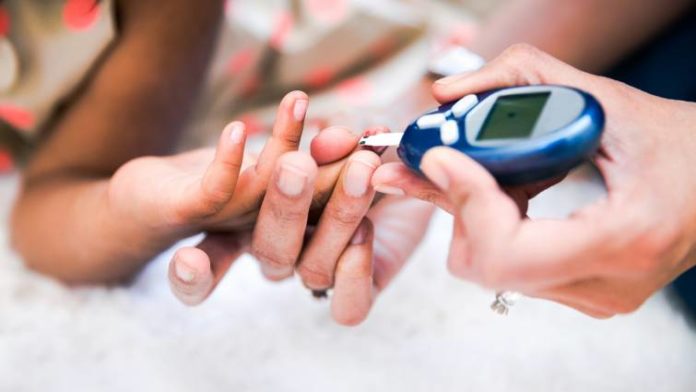Over the past few weeks, we’ve talked a lot about new diseases, new research and new thinking. Today, we’ve got an oldie but baddie. We’ve known about type 2 diabetes for a while. I mean, is there anyone out there without at least one grandparent that developed it? (At least two of mine did.)
Although we don’t want anyone to get type 2 diabetes, what’s been really concerning is that in recent years, it seems to have hit children and teenagers with increasing frequency. A couple of years ago, a study published in The New England Journal of Medicine found that the disease increased 4.8 percent each year over a 10 year period. (That may not seem like much, but it adds up. Think about the amount of time it takes to navigate North Roosevelt Boulevard increasing 4.8 percent each year. You get the idea … )
We don’t know why, but it doesn’t appear that young people are affected equally. Those of Native American descent are at highest risk, followed, in succession, by those of Asian, African, Hispanic and Caucasian descent. The rate of increase was faster in girls than in boys.
We can only hope that researchers figure out why the increase and why the differences, and that the new knowledge will help us prevent more cases. But before we talk about what we do know, let’s spend a little ink on some very basic information on type 2 diabetes, and why it’s particularly concerning in our younger patients.
Diabetes (more properly, diabetes mellitus—to distinguish it from an unrelated disease with the word “diabetes” in it) is a disease of high blood sugar. Curiously, I used to have a lot of people come in wanting a child tested for diabetes because of this or that symptom where a parent thought the child had low blood sugar. That wouldn’t happen with this disease unless the child was experimenting with Grandma’s diabetes meds. In type 2 diabetes, blood sugar increases largely because the body becomes resistant to the effects of insulin, a hormone produced by the body’s pancreas that puts sugar to use, lowering the amount in the blood.
One reason that we’re seeing more of this in kids is that high weight is a risk factor, and more children and teens are overweight. One reason that this is a problem, particularly in this age group, is that the younger you are, the more time you have to get complications from the disease. The heart, eyes, nerves and kidneys are just a few of the organs that can take a hit from long-term diabetes. Even more concerning is recent evidence that the disease progresses faster in young people than in older adults.
Also, treating children and adolescents has its own challenges. While many medications are out there, not all are approved for these age groups, and the treating physician has to balance the needs of controlling diabetes with the importance of growing and developing well. For this reason, many primary care doctors who see children and teens don’t manage kids with diabetes on their own (unlike many adult doctors), necessitating a drive to see the pediatric endocrinologist. Fortunately, we have many good ones in South Florida, but a drive to the mainland is a drive to the mainland.)
I wish I had something new to report on prevention of type 2 diabetes and its complications in our youngest patients. I don’t, but it’s never a bad idea (and never too late) to reduce your child’s risk factors! Encourage healthy eating habits, with the goal of managing her weight. And it’s just as important to encourage regular physical activity. That might be a matter of putting down that iPad, or supporting her school by running that 5K. And maybe it’s time to lobby for weekly Zombie Bike Rides!





















